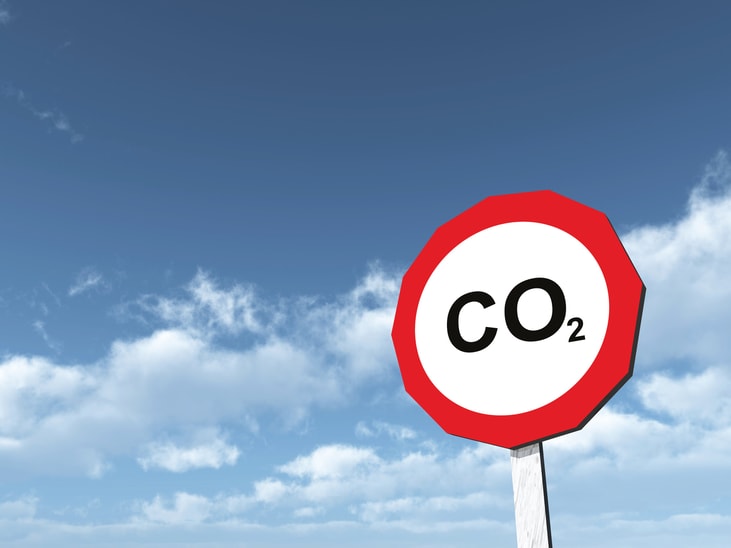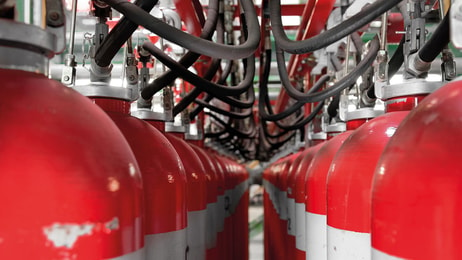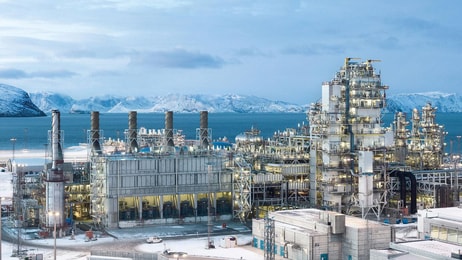Carbon dioxide: Cryogenic storage requirements
The carbon dioxide (CO2) industry predominantly contains the product as a liquid under pressure, making it feasible to package, transport, and market for consumption. Some decades ago, the product was often delivered into high pressure stationary customer storage vessels for merchant use – and the hazardous fallout sometimes resulted in explosions of these vessels.
Since this precarious history with high pressure vessels, polyurethane insulated storage vessels were developed, with refrigeration units. The early metallurgy is no longer used in today’s construction of storage tanks for the industry. The more recent storage vessels are found to be constructed of SA-516-70, or more preferably, SA-612 metallurgy. These vessels are built to meet strict safety and quality codes, where in the US this includes ASME standards.
The urethane insulated vessel, which typically holds the liquid product at about 250 psi, 0ºF, requires a refrigeration unit which runs in cycles to maintain the desired pressure range. These refrigeration units have evolved over time as well, initially using refrigerants such as R-12, and R-22 – which are generally no longer being used due to tightening environmental regulations.
... to continue reading you must be subscribed
























